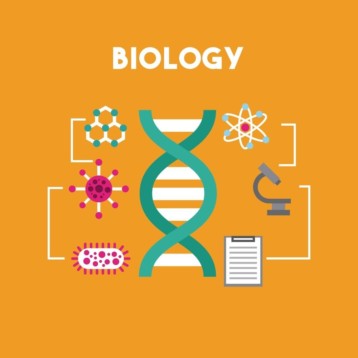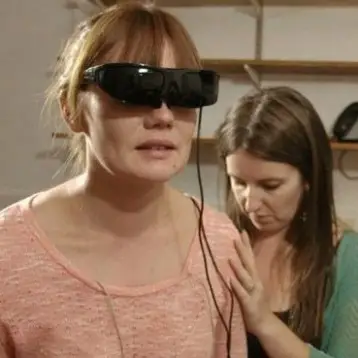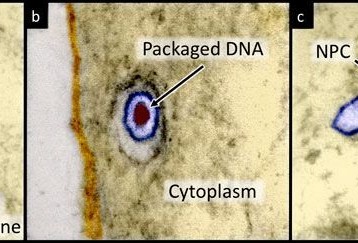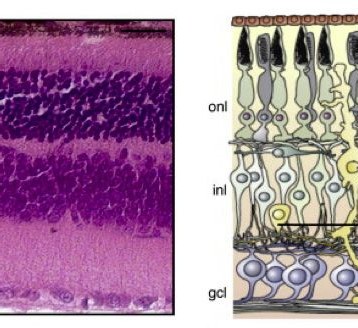Six years ago, Venter’s group published the complete sequence of the human genome. The genome used was taken from several people and at the time was considered to be an outstanding achievement in the field of biology. Nevertheless, this human sequence together with other genomic sequences like the genomes of chimps, several other monkey species, the honey bee, the chicken and many other creatures, helped scientists make significant progress with the help of powerful computational methods. Scientists finally had the tools to compare species using their genomic sequences and thus had the ability to learn much more about the genes we carry and their regulation. However, comparing the sequences of individuals within a species couldn’t be done in a large-scale manner. Venter’s complete sequenced genome is the first step towards achieving this goal.
There are some obstacles one should overcome in sequencing a genome. There are some technical problems to deal with like differentiating one copy of a chromosome from the other. However, eventually, the main barrier is money- the sequencing procedure requires unique and expensive machinery and the many sequencing reactions demand costly compounds (i.e. this sequencing consisted of 32 million reactions). In order to make more advanced unique sequencing tools, the U.S. National Institute of Health (NIH) offers grants for developing techniques that will lower the cost of a single genome sequencing to $1,000. When unique sequencing will be cheap and common it will change the face of the medical science. With millions of different sequences available, finding genes related to diseases will be very easy and locating people with a high risk of a developing a certain disease could be done instantly. Unique sequencing will most likely be the next scientific breakthrough in the medical field.
One of the important results of this sequencing is an estimation of the genomic variation in the human specie. Since each person has two copies of each chromosome, one copy inherited from each parent, the variation between the two copies can indicate the variance between two individuals. The difference between the two copies of Venter’s chromosomes revealed that the genomic variation is larger than previously estimated. The variations included changes in a single nucleotide, insertions and deletions of a short sequence, and several copies of a single gene that were found in 44% of Venter’s genes. The overall variation was 0.5% of the genome, seven times higher than previous estimations. These variations make us who we are, making each individual unique.
This new genomic sequence may mark the start of a new era in biology. Sequences of individual persons’ genomes can tell us a lot about ourselves, and with their help we will be able to alert and monitor individuals with high risk of developing cancer, Alzheimer, Parkinson, heat problems and countless other diseases. In the more distant future, better treatments may prevent these diseases from developing and perhaps advanced forms of genetic therapy will enable repairing problems within the DNA itself.
Image: DNA illustration (Credit: NIH).









